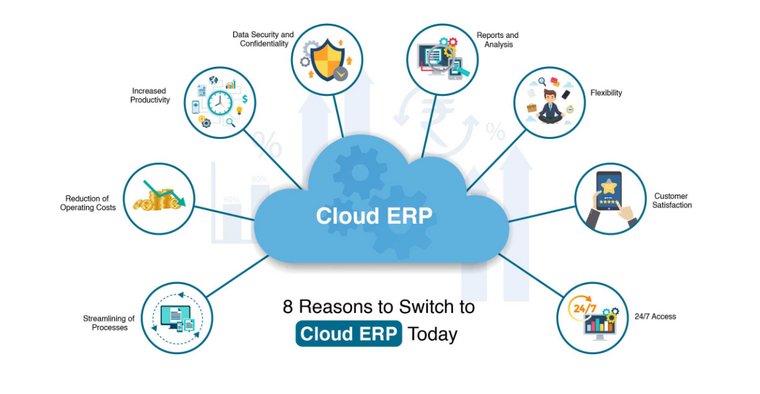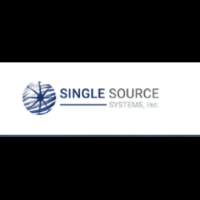
Enterprise Resource Planning (ERP) systems have metamorphosed from mere software solutions to pivotal tools that can redefine how businesses operate. As more organizations acknowledge the potential of ERP, it's imperative to understand the roadmap for ERP implementation, its advantages, and the guidelines to ensure a successful transition.
ERP Implementation Roadmap
Discovery and Planning: Before embarking on the ERP journey, define clear objectives. What are the pain points? What processes need streamlining? This phase sets the foundation for the entire project.
Design: Tailor the ERP system to fit the organization's requirements. Whether it's customizing user interfaces, features, or workflows, ensure the design aligns with the business's unique needs.
Development: This involves configuration, customization, and any additional software development required to align the ERP solution with the organization's goals.
Testing: Before the full-fledged rollout, test the system rigorously. This step identifies potential issues, ensuring the final system is error-free and efficient.
Deployment: With testing and revisions done, the ERP system is ready to go live. This might involve data migrations, final configurations, and training sessions for employees.
Support and Maintenance: Continuous support post-deployment ensures smooth operations. Regular system updates, bug fixes, and user support are paramount during this phase.
Evaluation and Improvement: Periodic assessments ensure the ERP system remains in tandem with business goals, leading to tweaks and improvements when needed.
Benefits of ERP Implementation
Integrated Business Processes: ERP systems integrate diverse business processes into a unified and standardized system, enhancing communication and decision-making.
Real-time Data Access: With consolidated data storage, ERPs provide real-time data access, facilitating quicker decisions and strategies based on current business metrics.
Efficiency Boost: By automating routine tasks and streamlining operations, ERP systems reduce redundancy, leading to significant time and cost savings.
Enhanced Reporting: With data drawn from various departments unified under one system, reporting becomes more comprehensive and accurate.
Scalability: As businesses grow, ERP systems can adapt by integrating new processes or departments, ensuring consistent performance irrespective of business size.
Customer Service Improvement: With a consolidated view of customer information, businesses can respond to clients more efficiently, enhancing customer satisfaction and retention.
Regulatory Compliance: ERP systems can be equipped with tools to assist in compliance with various industry regulations, reducing risks associated with non-compliance.
Guidelines for Successful ERP Implementation
Top Management Commitment: For any ERP implementation to succeed, commitment from top management is essential. Their involvement ensures adequate resource allocation and emphasizes the project's significance to all employees.
Clear Objectives: Define clear, quantifiable objectives. This provides a direction and helps evaluate the project's success post-implementation.
Choose the Right Partner: The ERP vendor plays a crucial role. Their expertise, support, and the solutions they offer can make or break the implementation process.
Change Management: An ERP system can introduce significant changes to existing workflows. Preparing employees for this change, through training and communication, ensures smoother transitions.
Regular Communication: Maintain open channels of communication throughout the organization. Whether it's updating stakeholders about the project's progress or addressing employee concerns, consistent communication fosters a sense of involvement and understanding.
Data Cleansing: Only migrate relevant and clean data to the new system. Redundant or outdated data can hamper system efficiency.
Testing: Don't skimp on testing. A robust testing phase, involving real-world scenarios, can preemptively address many issues that might arise post-deployment.
Post-Implementation Review: After the system goes live, conduct periodic reviews. This helps identify areas of improvement and ensures the ERP system evolves with the organization's changing needs.
Conclusion
ERP Implementation is a transformative journey, one that can set businesses on the path to unprecedented efficiency and growth. With a clear roadmap, a myriad of benefits, and by adhering to critical guidelines, organizations can harness the full potential of ERP systems. As we navigate an increasingly digital and interconnected business landscape, ERP systems stand as beacons, guiding businesses toward integrated, data-driven, and dynamic operations.
















.png)
.png)








Leave Your Comment & Rating Below
0 Comment(s)